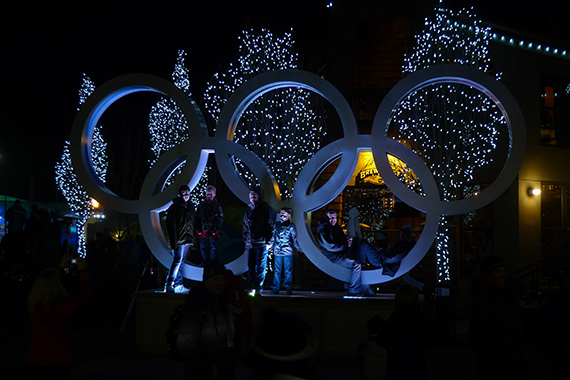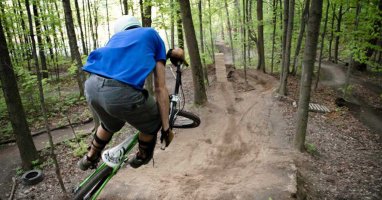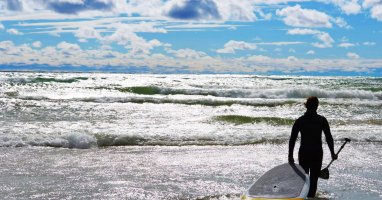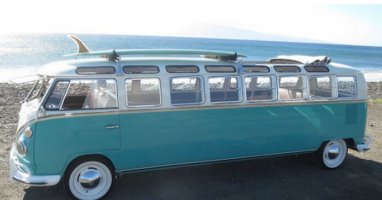Every four years a cloud of hate grows within snowboarding to overshadow the Olympics. Much like our beloved inversions, hopefully you can read the forecast, because, maybe, just maybe, it’s blue bird at the top.
Let’s establish a few basic truths: snowboarding isn’t going away any time soon, but it’s also not experiencing the boom it once was. This has also been misinterpreted as “AHHHHHH!!! Snowboarding is dying!” Like most businesses, after growth comes plateau, if not decline. The good years can’t go on forever, and snowboarding is no exception (see also: skateboarding). There’s less money to go around; you can see it as companies contract, jobs are cut, product lines get smaller, magazines go under, etc.
The other painful truth: snowboarding is kept alive by the weekend warriors. The “core,” those of us who live for every minute of winter (most likely you who are reading this), are the heart of snowboarding (duh), but snowboarding is a business that needs regular customers. The people scraping by on shops jobs in ski towns to get proform deals aren’t those customers; it’s the people with 9-to-5 incomes that get out maybe five days a season, can walk into a shop, pay $40 for a toque, and not think that’s an outrage. However, it is a symbiotic relationship, because if the core doesn’t exist to keep the sport looking “cool,” the weekend warriors may as well go skiing, or worse, to Florida. (see: Illicit Snowboarding’s excellent “Punters vs. Core Snowboarders & What Shaun White Actually Means To Snowboarding”)
What snowboarding needs is to get back in peoples’ faces, remind them it’s not just another winter sport, and I think having Slopestyle on the world stage offers that opportunity.
Why Slopestyle and not Halfpipe as our savior? Accessibility. Not only are halfpipes a dying breed, those weekend warriors aren’t ready to drop in to a 22-foot superpipe. Seriously, those things are intimidating; standing at the bottom of one is like experiencing a solar eclipse – light can’t make it down that far. By contrast, Slopestyle starts when you venture off a run and take a chance on your first side hit. People can make the connection between that little jump, the park they can see under the chair lift, and what they see on TV at the Olympics. The key is a reasonable and accessible path of progression – hypothetically, riders can work their way up to bigger jumps and rails, regardless how small their local hill. Good luck finding a well-cut 10-foot pipe, and then a 15-foot, etc.
This is part of what makes Mark McMorris such a perfect poster boy for the sport: apart from being a nice guy, his origin on the flat prairies of Saskatchewan gives hope to anyone with a snowboard, weekend warriors included. Unlike Shaun White’s inhuman mastery of a discipline that most don’t have access to, people can witness how McMorris got his start, seeing it for themselves every day in their local park. Maybe they don't become Olympians or ever compete in anything, but at least they're snowboarding.
Sochi Slopestyle Course Preview
With Slopestyle’s debut, this has extra implications for Canada, since we’re expected to medal, if not bring home men's gold. If McMorris can live up to expectations, he may have Canada’s first medal at the 2014 Sochi games and thus be propelled on a media junket of unseen proportions. If not Mark, maybe Seb, Maxence, Charles, or Spencer. Whoever it may be, they’ll take snowboarding with them no matter how many cameras are in their face. And that’s exactly what we need.
(Photo: Whistler, 2010. Matt Forsythe photo)








